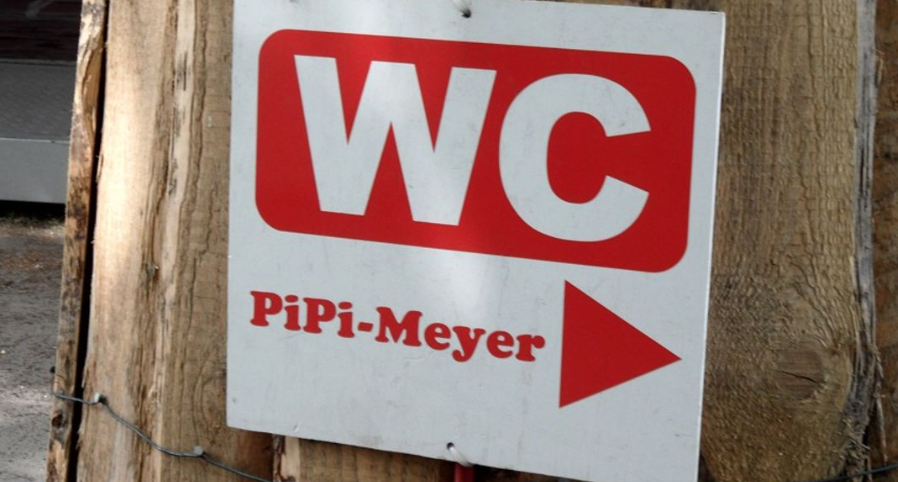After over a year saying they were going to do this, Vancouver Park Board is finally doing what the City of Vancouver should be doing. That is setting up accessible public toilets in “underserved areas” according to the Parks Washroom Strategy. Of course, in Vancouver underserved areas means just about anywhere that is not in a park.

CRAB Park now has two stainless steel Portland Loos which are designed to be easy to clean and maintain, and are in keeping with the Park Board strategy to expand washroom facilities throughout the parks.
At Viewpoint Vancouver we have written again and again about the need for public washrooms in Vancouver along every transit route and also in every commercial area. Viewpoint Vancouver has also written about the Portland loo
and why it is so special: as outlined in CityLab the design process was unique in that Portland looked at other municipalities’ public toilets and realized that the privacy of them allowed for “nefarious” activities to occur in them.
“We really looked at Seattle as what not to do,” says Anna DiBenedetto, a staff assistant to city commissioner Randy Leonard, the spiritual godfather of the Portland Loo. “We think it was the design that was the fatal flaw. Trying to be comfortable and private makes people feel more empowered to do the illegal activities that people do in public toilets.”
Portland had a “loo squad” 15 years ago and the first Portland loo was installed in 2008 in the Old Town-Chinatown area. It is still there, still functioning. The secret to the success of the Portland loo design is as follows:
-no running water, just a spout on the exterior that pours cold water;-no mirror, as mirrors get vandalized;
-openings at the top and bottom of the Portland loo so that it is not completely private, ensuring that pedestrians and police know if someone is in there.
Add in a graffiti resistant finish and stainless steel walls and doors and the Portland loo is complete. The cost for the first washroom was $140,000 USD, but is now about $90,000. Maintenance is pegged at $1,000 per month per location.
From the first flush of the Portland loo the design has been wildly successful and has been installed in Victoria B.C and in Smithers B.C. In fact in 2012 the Portland loo in Victoria was deemed to be the best public washroom in Canada and the Victoria Mayor was “flushed with pride”
You can take a look at Christine Hagemoen’s excellent article in Scout Magazine where she outlines the history of public washrooms in Vancouver. Ms. Hagemoen also documents what happened during the first part of the pandemic when “ most of us hunkered down in the safety of our Covid-bunkers and obsessed about toilet paper, homeless residents of Vancouver were left scrambling to find an open toilet.”
Viewpoint Vancouver also wrote about the pandemic fact that on Granville Street Starbucks would sell you a huge cup of coffee, but not allow you to use the washroom. And don’t look to the adjoining book store to help you during the pandemic either.
The first year of the pandemic showed how poorly we deal with equity for homeless people: public washrooms and libraries were closed. These are two places (besides parks) where everyone is welcome no matter who they are.
Paola Lorrigio in The Star bluntly pointed out that the dearth of public washrooms, once a barrier to the homeless, poor, racialized and disabled is now a barrier to everyone. The pandemic also brought out the need for public washrooms to encourage people to get outside, bike, use sidewalks and exercise, when those were the few things open to everyone.
Lezlie Lowe who wrote “No Place To Go: How Public Toilets Fail Our Private Needs” observes that there’s no Canadian tradition for on-street, accessible, paid for by municipal government bathroom provision. City governments have relied on private businesses to take care of public washroom needs.
That needs to change.
It’s time for the City of Vancouver to step up.
Because everyone at some time needs to go.
Here’s a video from over ten years ago of the “first flush” of the Portland Loo when it was installed in Portland Oregon. That loo is still there.

